Hot rodding has its own distinct language.
We’ve created an entire dictionary dedicated to hot rod lingo, but before you check it out, put yourself to the test. Take our quiz on some of our favorite hot rod nicknames by matching the names to the vehicles or parts to which they belong. While you’re at it, you might learn how these famous cars, parts, and engines got their names.
No cheating! You can find the answers at the bottom of the post.
The Nicknames
1). Nailhead 2). Stovebolt 3). Shoebox 4). Rockcrusher 5). Indian 6). Mouse 7). Elephant 8). A-Bone 9). Tin Lizzie 10). Cammer 11). Goat 12). Baby HEMI 13). Deuce 14). Leadsled 15). Slingshot
The Vehicles and Parts
A). This Buick overhead-valve, pushrod V8 engine got its nickname because of the appearance of its long valves in relation to the small cylinder heads. (image © CurbsideClassic.com)
…
B). This nickname originally applied to late-1940s and early 50s Chevrolet but is better known as a reference to Chevy’s squared 1955-57 “Tri-Five” full-size sedans.
…
C). This term refers to the 1928-31 Ford Model A. (image © Bangshift.com)
…
D). This now-famous engine, which was produced from 1964-71, got its nickname because of its external dimensions. (image © allpar.com)
…
E). Also called a “rail” or “digger,” this is perhaps the most common nickname for the now-obsolete front-engine dragster. (image © Bangshift.com)
…
F). This nickname traces its roots back to this legendary Ford 427 engine, which was effectively banned by NASCAR before even making it to the track. These days, it’s a more general term for engines with overhead camshafts.
…
G). This term is often used to refer to an old, rundown automobile, but was originally a reference to Ford’s Model T. (image © curbsideclassics.com)
…
H). This engine was originally named after a small, yet powerful cartoon character before being shortened to this name.
…
I). This Chevrolet straight-6 engine was given its moniker because of the appearance of the fasteners used for the valve cover, lifter cover, and timing cover. (Image © Johnhapmurphy.deviantart.com)
…
J). This term has two meanings: Either a heavily modified or repaired automobile or a 1949-51 Ford/Mercury (which is also often heavy modified).
…
K). The car pictured here is often referred to as this.
…
L). This 4-speed transmission—the Muncie M-22—obtained its nickname because of the sounds it makes when shifted. (Image © M22.com)
…
M.) This “Red Ram” engine was first conceived in the early 1950s and later got its nickname because of its small size compared to other engines of its type. (Image © mecum.com)
…
N). This Pontiac nickname is in reference to its namesake, who lived in the 1700s. (image © momentcar.com)
…
O). The legendary 1932 Ford has been immortalized in songs, but derived its famous from the year it was manufactured. (image © fastlanecars.com)
Answers
1). Nailhead = A 2). Stovebolt = I 3). Shoebox = B 4). Rockcrusher = L 5). Indian = N 6). Mouse = H 7). Elephant = D 8). A-Bone = C 9). Tin Lizzie = G 10). Cammer = F 11). Goat = K 12). Baby HEMI = M 13). Deuce = O 14). Leadsled = J 15). Slingshot = E.

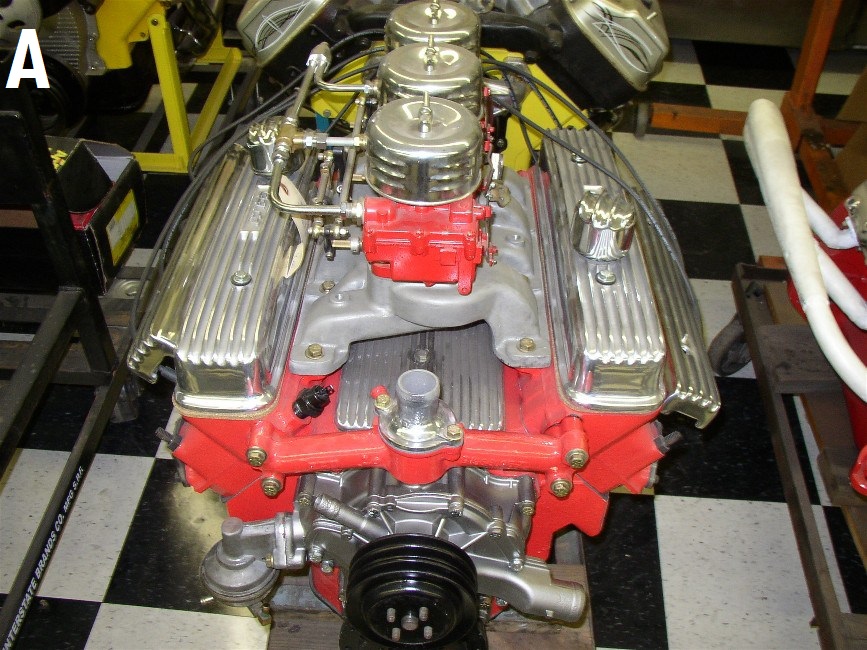
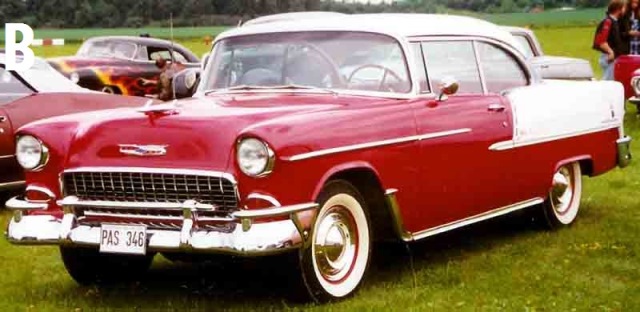
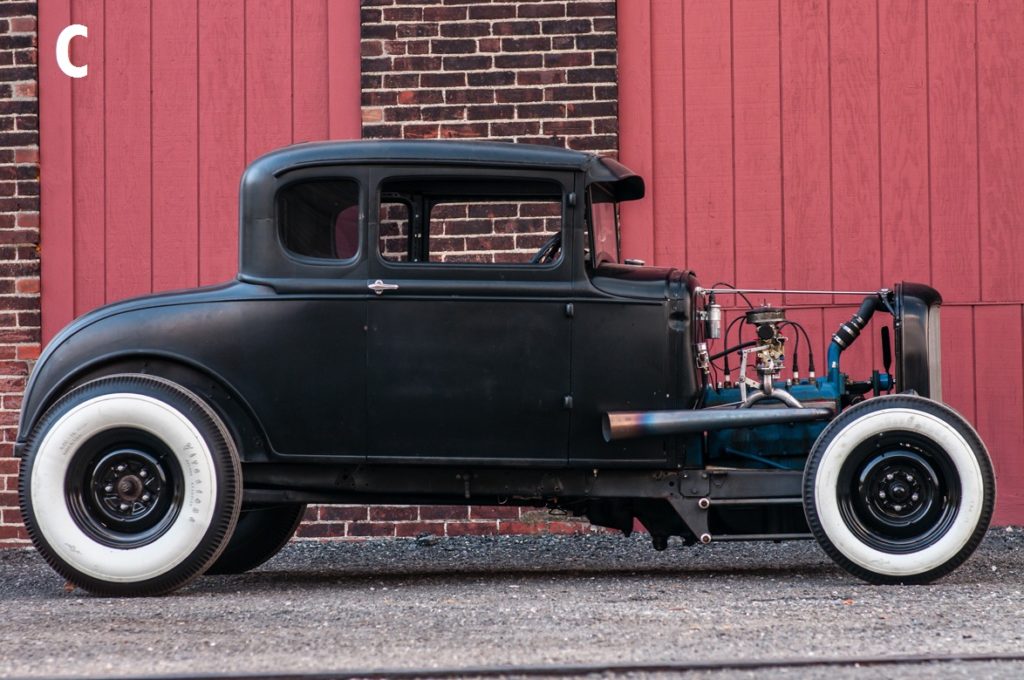
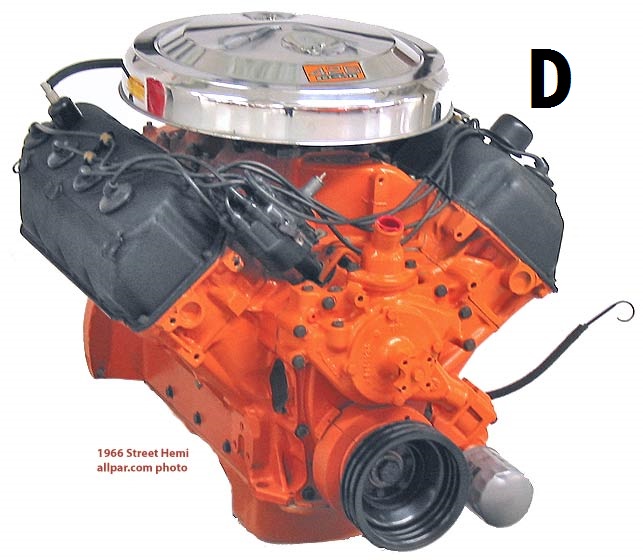
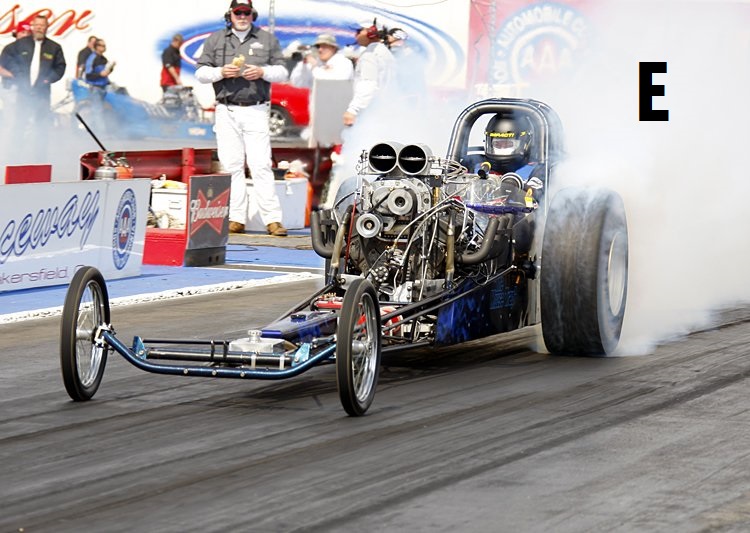
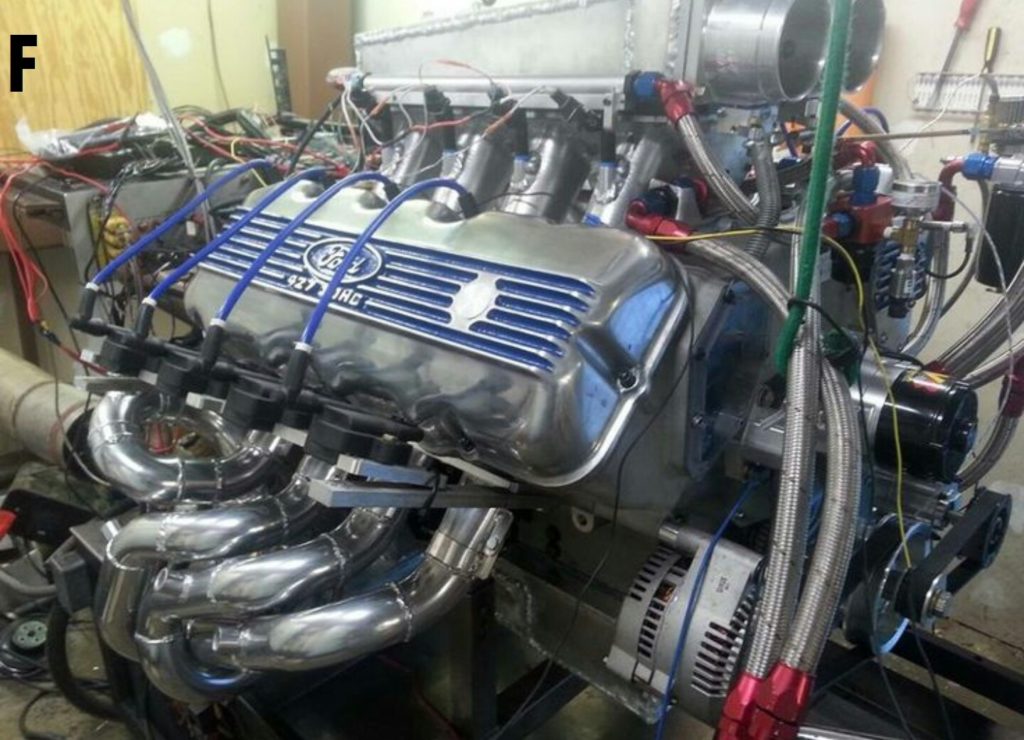
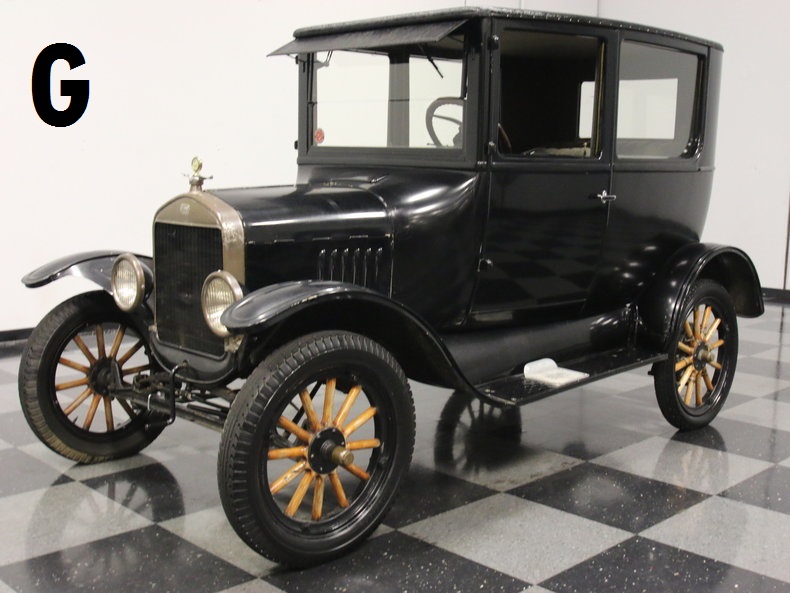
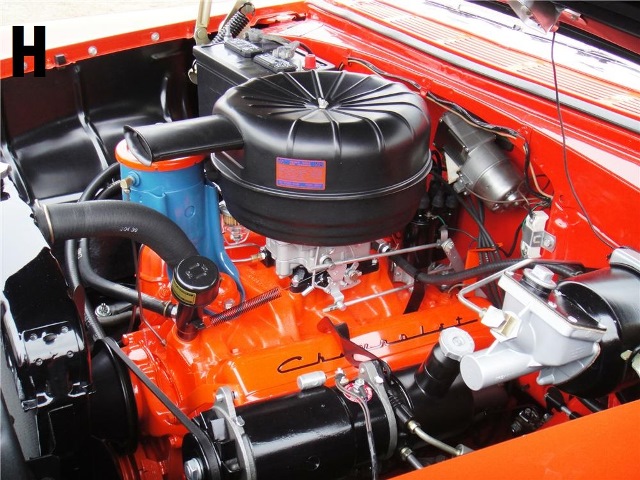
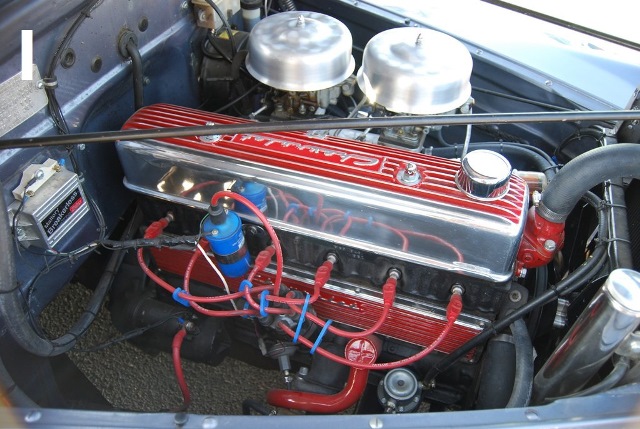


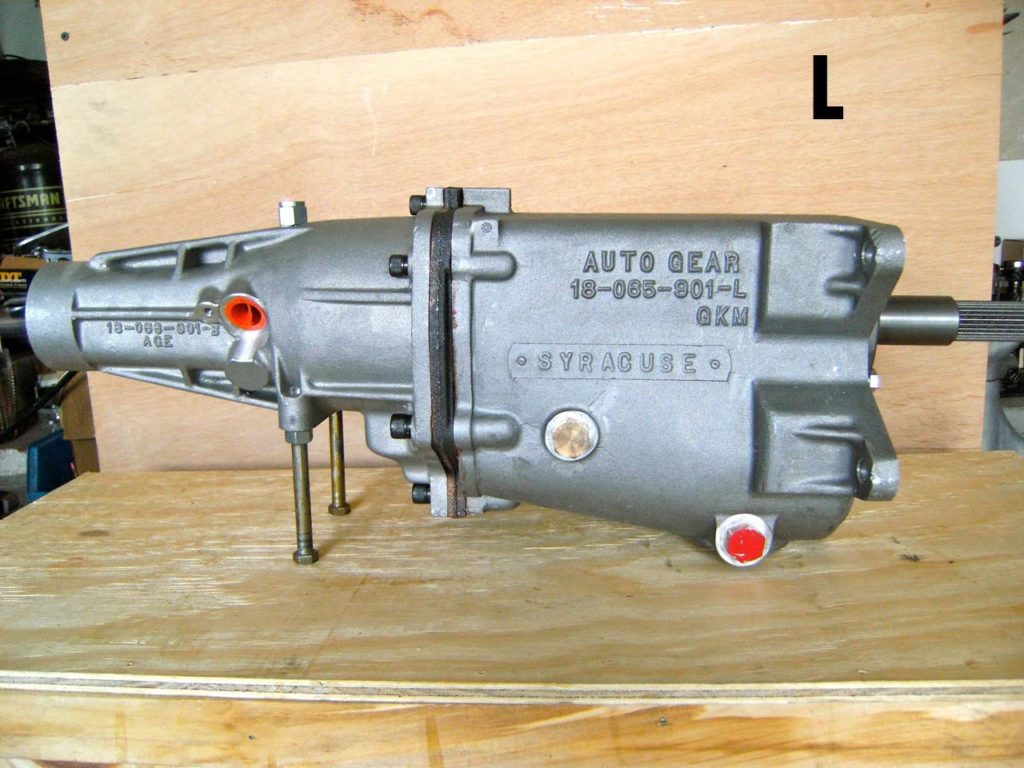
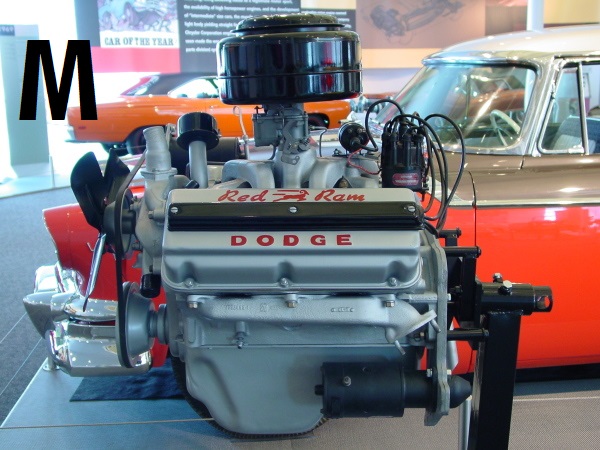
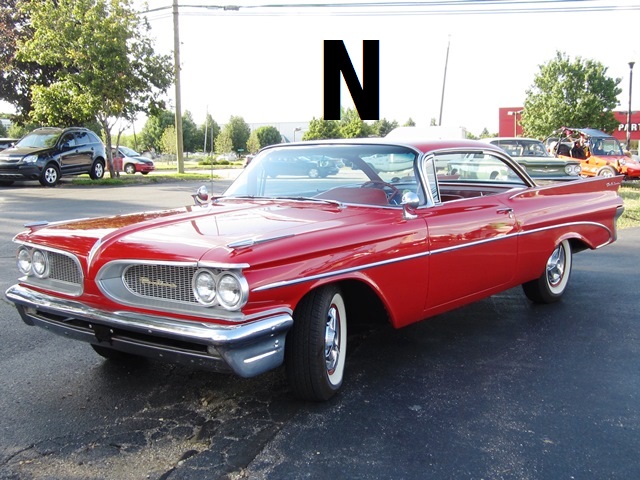
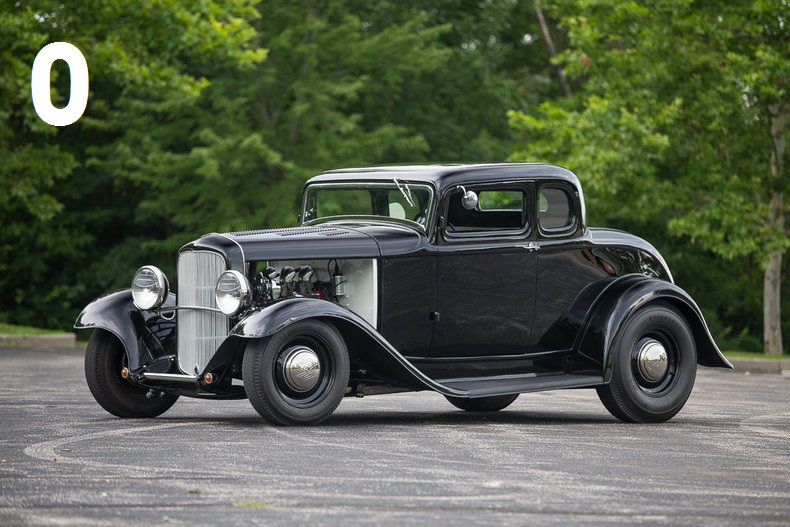
About 20 years ago I noticed a “Deuce ” was a different car to different guys. I’m older, so it was a ’32 Ford. To my Black friends it was a Buick Electra 225 & to my somewhat younger friends it was a Chevy II.
sorry its a little deuce coupe